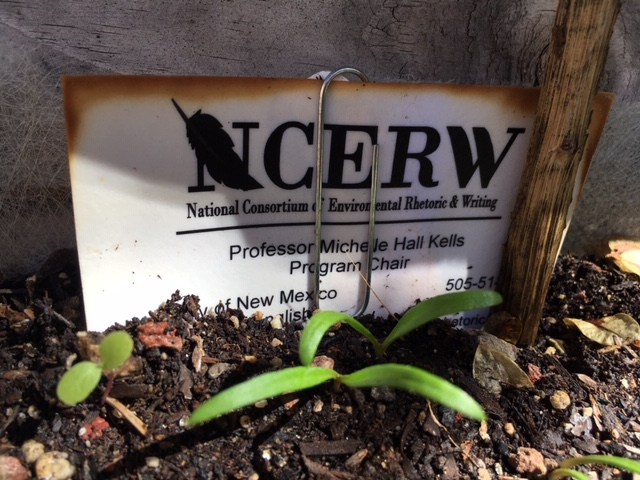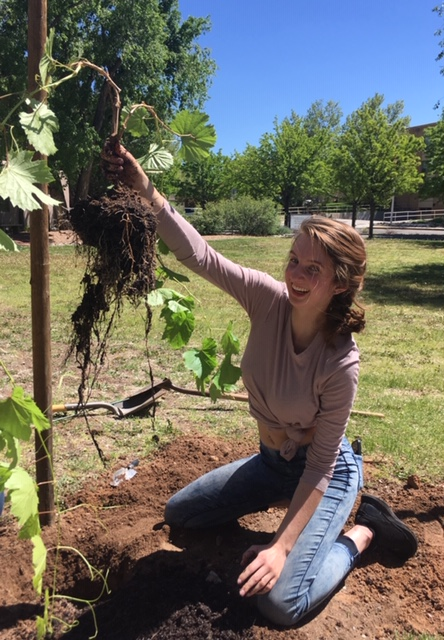The Art of Wine Making as Acts of Creativity
The inspiration and desire to create (to write or to make art) most often follows the action of doing, an act of making something. We learn by doing. Creative action is pragmatic. This is as true for wine making as it is for writing.
In other words, if you wait for the Muse to touch down and turn you into a wine maker or a writer (or an artist of any kind), you will likely wait a very long time to produce anything. Start by planting a vine and cultivating new fruit; learn the necessary art of pruning and grafting. It’s not much different when we want to write a poem or an essay or a story—you plant an idea, nurture it, revise, edit, and transplant it into a new written product or genre (the root of an idea might become a poem or a story or scholarly research project).
Engaging in an act of generativity (planting a vine, making a pot of soup, writing a haiku, building something, restoring an old car) invites us into the universe of creativity, sparks the desire to be makers, and ultimately gives us satisfaction and pleasure.
Wine is the literal (and metaphorical) outcome of a long generative process of engaging the creative life cycle (planting, cultivating, ripening, harvesting, fermenting, and feasting). The interaction of vines, soil, and water with the energy of fermentation seems like magic. It is certainly art. And like all undertakings, sometimes the process yields wine (and sometimes it yields vinegar). Whatever the result, we must roll up our sleeves and get our hands dirty.




Comments
Post a Comment